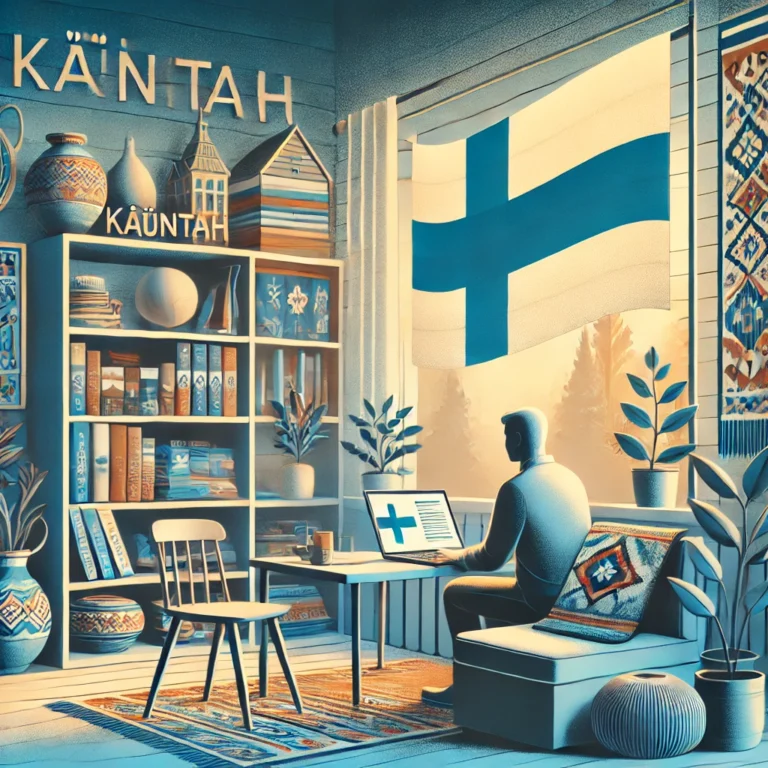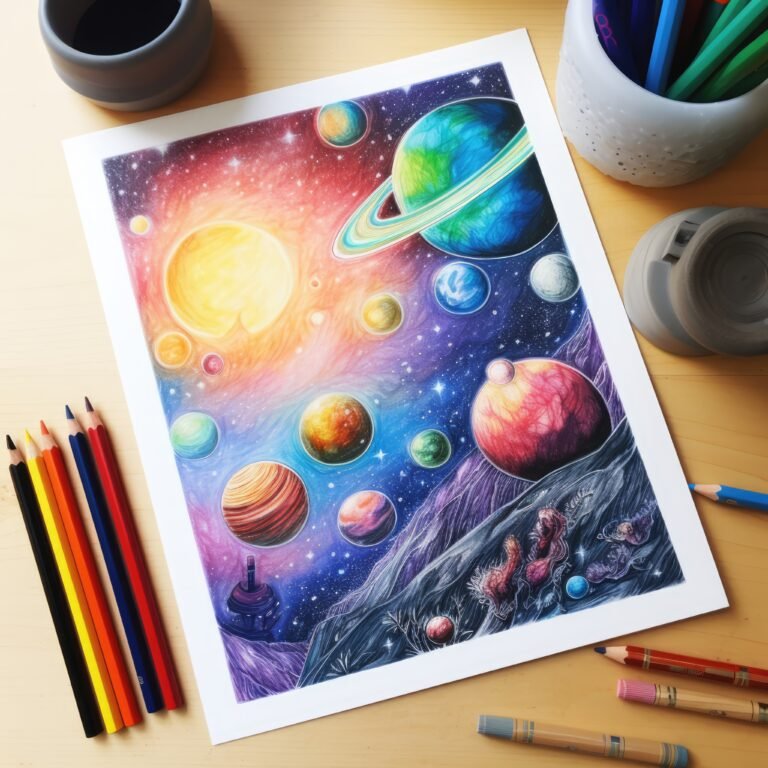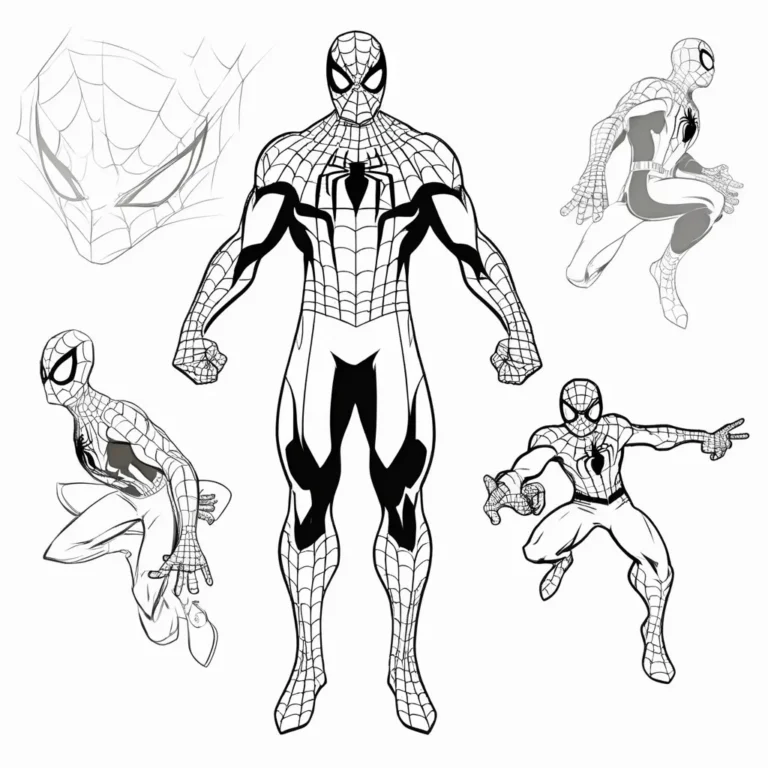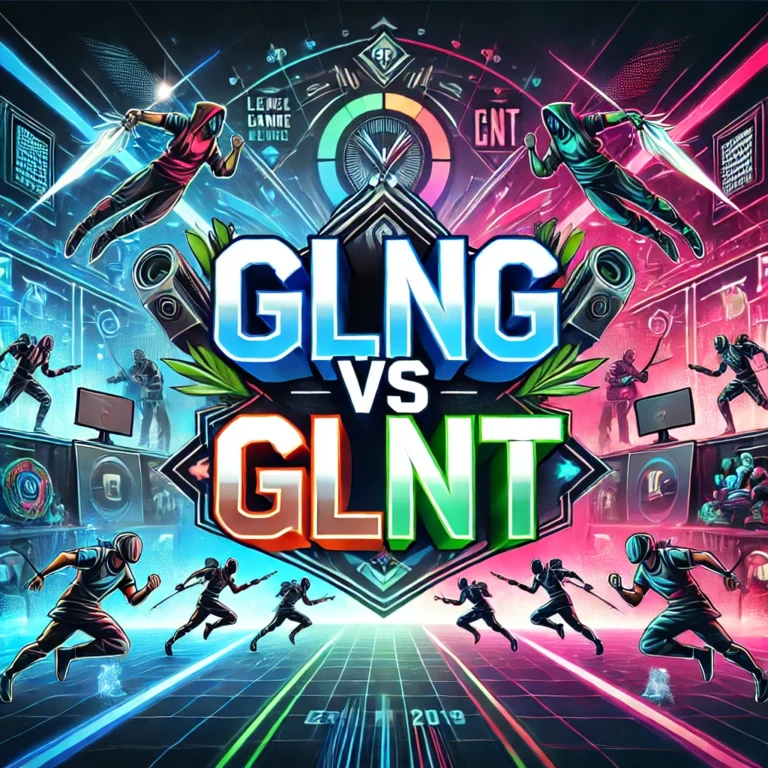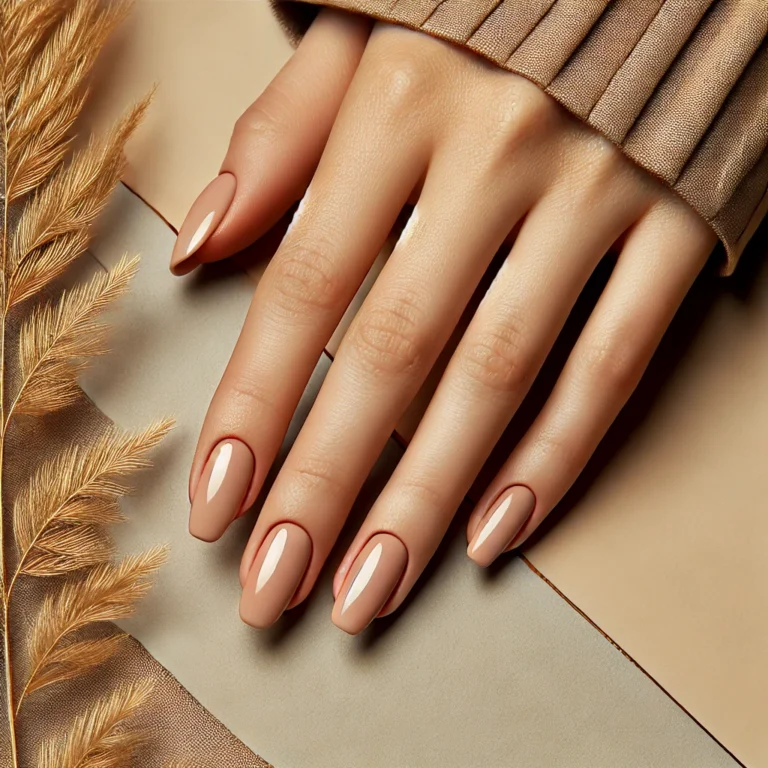
Blue, a color that captures the imagination, is celebrated for its depth, calmness, and timeless appeal. From the sky above to the ocean below, blue is everywhere. The term “aesthetic:mimundaqrke= blue” represents not only the visual presence of blue but also the feelings, moods, and meanings it evokes across different contexts. In this comprehensive article, we explore the multifaceted world of blue, delving into its history, psychology, symbolism, and contemporary applications. Whether in fashion, art, technology, or nature, blue remains one of the most impactful and versatile colors.
1. Introduction to the Aesthetic of Blue
The aesthetic of blue transcends cultures and time periods, influencing everything from ancient art to modern branding. The keyword “aesthetic:mimundaqrke= blue” embodies the exploration of this color’s vast applications and its ability to transform moods and spaces. Whether used in minimalist design or vibrant artwork, blue offers a unique aesthetic that resonates with many.
2. The Historical Roots of Blue
The history of blue dates back thousands of years. Ancient Egyptians prized blue as a sacred color, often using it to symbolize the heavens and divinity. They created blue pigments from minerals like lapis lazuli, a practice that was later adopted in other ancient civilizations, such as the Persians and Mesopotamians. The significance of blue as a color of royalty and spirituality can still be felt today.
3. The Science Behind the Color Blue
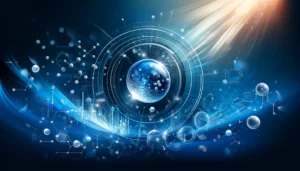
Blue’s appearance in nature is rare, and its occurrence is often due to the scattering of light rather than pigments. For example, the blue sky results from Rayleigh scattering, where molecules in the atmosphere scatter shorter blue wavelengths. Similarly, many animals, such as blue morpho butterflies or peacocks, display blue due to structural coloration rather than blue pigment. Understanding this science enhances the appreciation of the aesthetic:mimundaqrke= blue in nature.
4. Blue’s Role in Ancient and Modern Art
Blue has held a prominent place in art throughout history. During the Renaissance, ultramarine blue, made from lapis lazuli, became a prized pigment for artists like Michelangelo and Leonardo da Vinci. In modern times, artists like Pablo Picasso and Yves Klein have used blue to evoke specific emotions. Picasso’s “Blue Period” focused on themes of melancholy, while Yves Klein developed “International Klein Blue” (IKB), a shade that transcends traditional uses of blue.
5. Blue in Fashion: From Denim to High Couture
The versatility of blue in fashion cannot be overstated. Denim, one of the most universally worn fabrics, owes its popularity to its classic blue hue. Navy blue suits have become a symbol of professionalism and authority, while light blue dresses evoke breeziness and freedom. The aesthetic:mimundaqrke= blue influences fashion trends by offering a spectrum of shades that suit both casual and formal settings.
6. Psychological Impact of Blue
Blue is often associated with calmness, tranquility, and focus. Studies show that blue environments can reduce stress levels, lower heart rates, and enhance productivity. This is why blue is frequently used in hospitals, workspaces, and meditation rooms. On the other hand, darker blues, such as navy, can evoke feelings of authority and trust, making them popular choices for uniforms and corporate branding.
7. Shades of Blue and Their Emotional Effects
The range of blue shades has varying effects on mood:
7.1 Sky Blue
Represents openness, clarity, and peace.
7.2 Navy Blue
Suggests seriousness, authority, and professionalism.
7.3 Turquoise
Combines blue’s tranquility with green’s healing properties.
7.4 Electric Blue
Adds energy and boldness to a space or design.
These shades, integral to the aesthetic:mimundaqrke= blue, illustrate how blue’s versatility makes it a powerful tool in creating different emotional atmospheres.
8. Blue in Technology: From LEDs to User Interfaces
Technology and blue are closely intertwined. Blue LED technology, developed in the 1990s, revolutionized lighting and screen displays. Today, social media platforms like Facebook and LinkedIn use blue in their interfaces to symbolize reliability and trust. In user interface (UI) design, blue is often chosen for its clarity and readability, enhancing user experience and promoting interaction.
9. Blue in Digital Culture and Gaming
In the digital era, blue’s impact extends into gaming and digital art. The aesthetic:mimundaqrke= blue is a staple in cyberpunk and futuristic genres, often used to create immersive, otherworldly visuals. Video game developers use blue to build mood and atmosphere, enhancing players’ experiences. Whether it’s the glow of neon blue lights or the serene hues of underwater levels, blue enhances the digital landscape.
10. The Symbolism of Blue in Different Cultures
Blue carries different meanings across cultures:
10.1 Western Culture
Blue often symbolizes sadness (“feeling blue”) but also trust and loyalty, evident in corporate branding.
10.2 Eastern Culture
In Hinduism, the god Krishna is depicted as blue, representing vastness and the infinity of the sky and ocean.
10.3 Judaism
Blue signifies divinity, with blue threads used in religious garments.
These cultural associations demonstrate the universal yet varied nature of aesthetic:mimundaqrke= blue.
11. Blue in Religion and Spirituality
Blue has deep spiritual significance across religions. In Christianity, it is linked with the Virgin Mary, symbolizing purity. In Buddhism, blue represents calmness and meditation. Its use in religious art and iconography reflects the timeless and sacred qualities of blue, contributing to its aesthetic appeal.
12. Blue’s Influence on Modern Interior Design
Interior designers often incorporate blue for its calming and expansive effects. Soft blue walls can make a space feel open and tranquil, while deeper shades like navy add elegance and sophistication. The aesthetic:mimundaqrke= blue is a popular choice in bedrooms, bathrooms, and offices to promote relaxation and productivity.
13. Blue in Health and Wellness
Blue light therapy is used to treat seasonal affective disorder (SAD) and sleep disorders. By mimicking natural sunlight, blue light can improve mood and reset circadian rhythms. Understanding the connection between aesthetic:mimundaqrke= blue and health highlights the therapeutic potential of this color.
14. Blue and Environmental Movements
Blue is often used in environmental campaigns, particularly those focused on ocean conservation. The aesthetic:mimundaqrke= blue aligns with these movements, symbolizing the need to protect marine ecosystems and the planet’s water resources. Blue flags, logos, and promotional materials draw attention to environmental causes, emphasizing the natural world’s beauty and fragility.
15. How to Incorporate Blue into Your Aesthetic
To incorporate the aesthetic:mimundaqrke= blue into personal or professional settings:
15.1 Fashion
Opt for navy suits for professionalism or light blue dresses for casual elegance.
15.2 Interior Design
Use soft blues for tranquility or bold blues for striking statements.
15.3 Art
Experiment with blue tones to evoke calm or intensity.
By embracing blue’s versatility, you can create spaces and styles that reflect your personality and mood.
16. The Role of Blue in Social Media Branding
Many tech companies use blue to build trust and credibility. Facebook, Twitter, and LinkedIn use blue to create a sense of community and reliability. The aesthetic:mimundaqrke= blue thus becomes a key element in establishing a brand’s identity and fostering user trust in digital spaces.
17. Blue in Modern Architecture
Architects use blue to make bold statements or integrate buildings with natural surroundings. The Blue Mosque in Istanbul and the blue domes of Santorini are iconic examples. Modern architecture often incorporates blue glass or lighting to add sleekness and innovation to urban designs.
18. The Use of Blue in Film and Cinematography
Blue is a powerful tool in film, used to evoke emotions and set moods. In films like “Avatar” or “The Life Aquatic,” directors use blue to create immersive, otherworldly worlds. Blue filters or lighting can convey coldness, distance, or intimacy, adding depth to the visual storytelling.
19. Blue in Literature: Symbolism and Expression
Authors frequently use blue to symbolize introspection or longing. In F. Scott Fitzgerald’s The Great Gatsby, blue represents unattainable dreams and illusions. The aesthetic:mimundaqrke= blue in literature reflects its emotional and psychological complexity, adding layers of meaning to narratives.
20. Future Trends: Blue in Art and Technology
As art and technology evolve, blue will remain central to innovation and design. The aesthetic:mimundaqrke= blue is likely to appear in virtual reality (VR), augmented reality (AR), and digital art, bridging the gap between the physical and digital worlds.
21. Blue as a Symbol of Unity and Peace
Blue symbolizes unity and peace, seen in the United Nations flag and peacekeeping uniforms. These uses of blue align with the aesthetic:mimundaqrke= blue, showcasing its ability to foster harmony and collaboration on a global scale.
22. The Aesthetic of Blue in Everyday Life
From fashion to home decor, blue’s aesthetic is present in daily life. Its calming effect makes it a favorite for interior design, while its versatility ensures it remains relevant in fashion, branding, and technology.
23. Conclusion: The Timeless Appeal of Blue
The aesthetic:mimundaqrke= blue is more than a color; it is an experience that spans art, culture, nature, and technology. Its ability to evoke emotions, create atmosphere, and symbolize important values ensures blue’s place as a timeless and influential aesthetic. Whether you’re designing a room, selecting an outfit, or creating a digital space, blue offers endless possibilities to explore and express.
